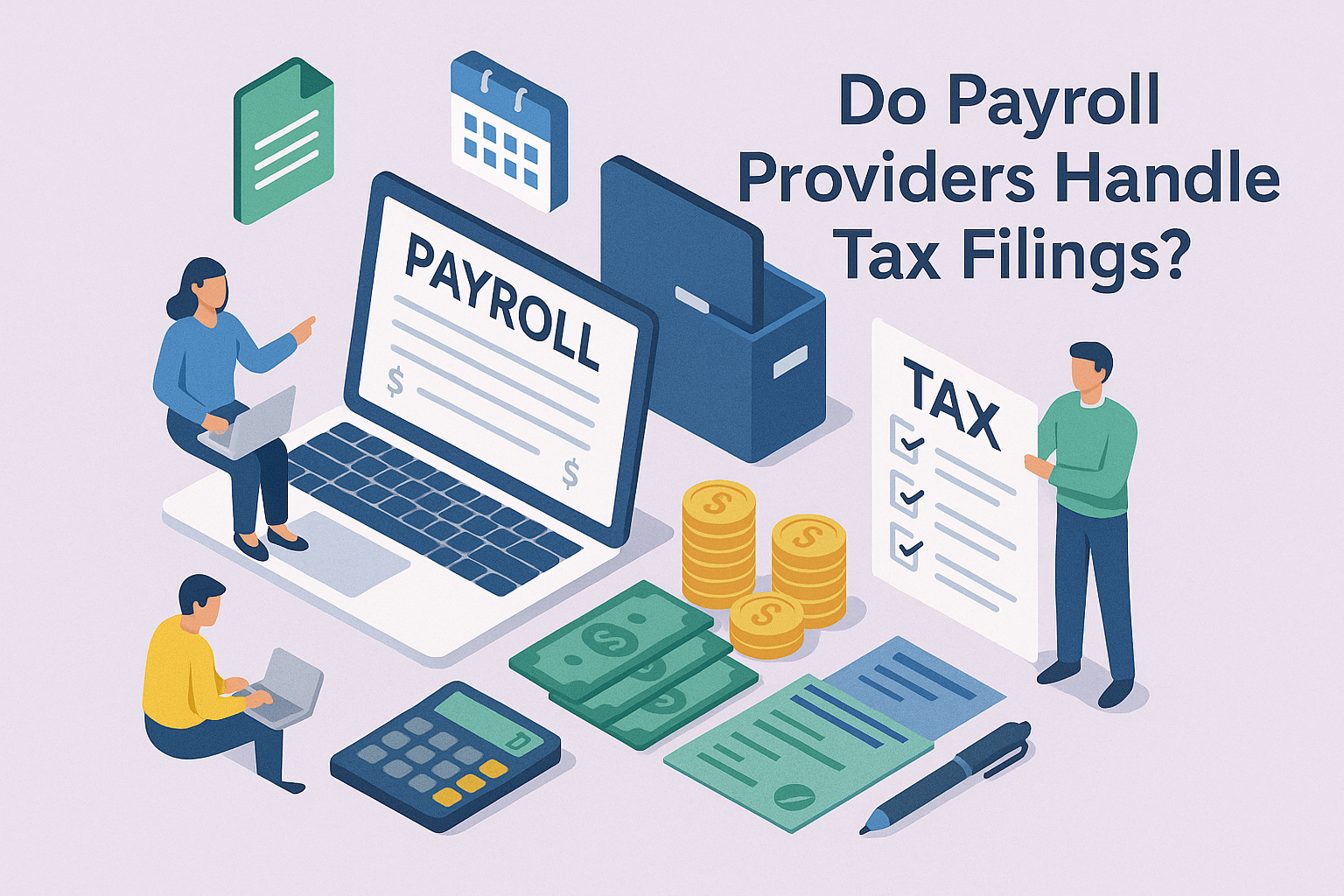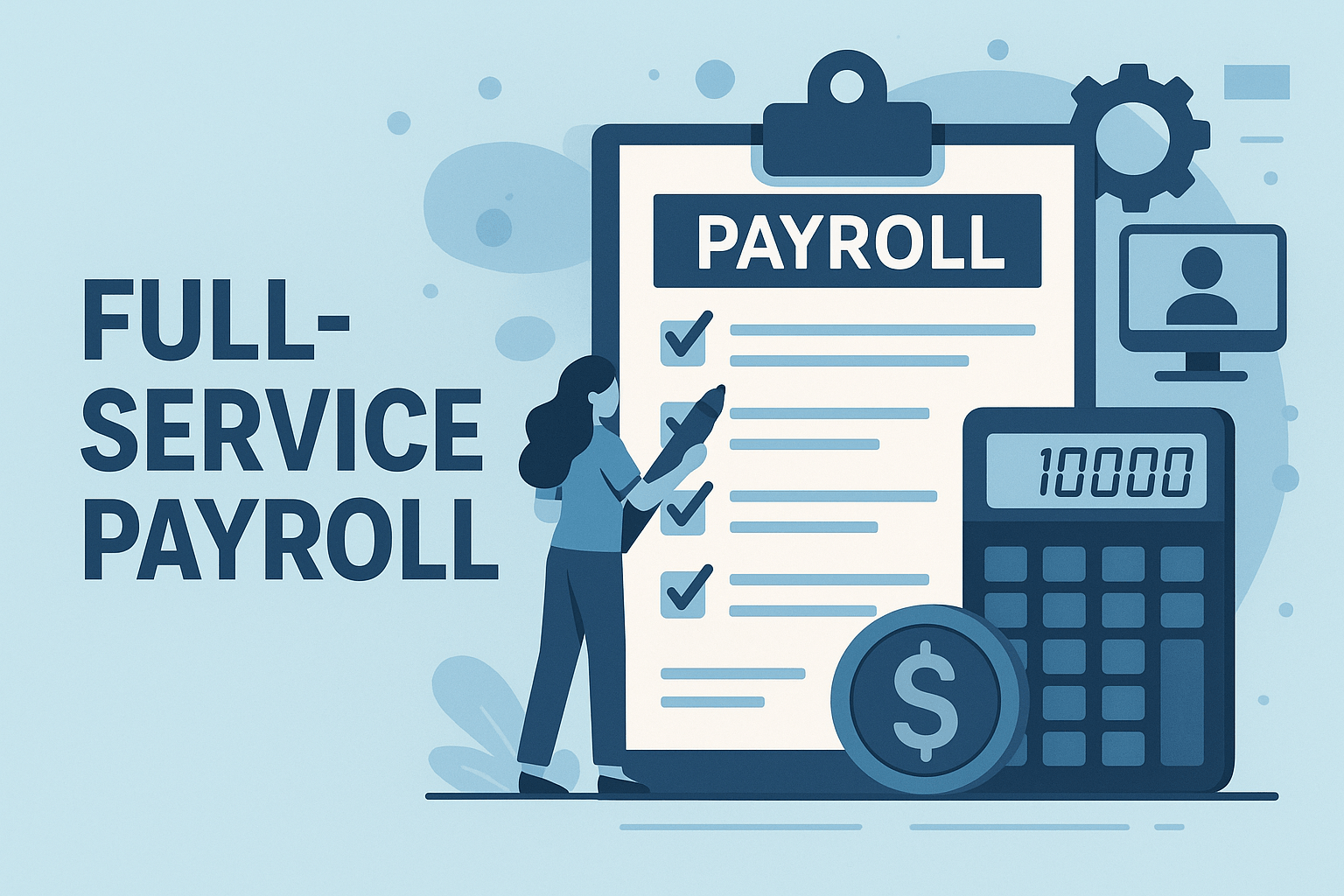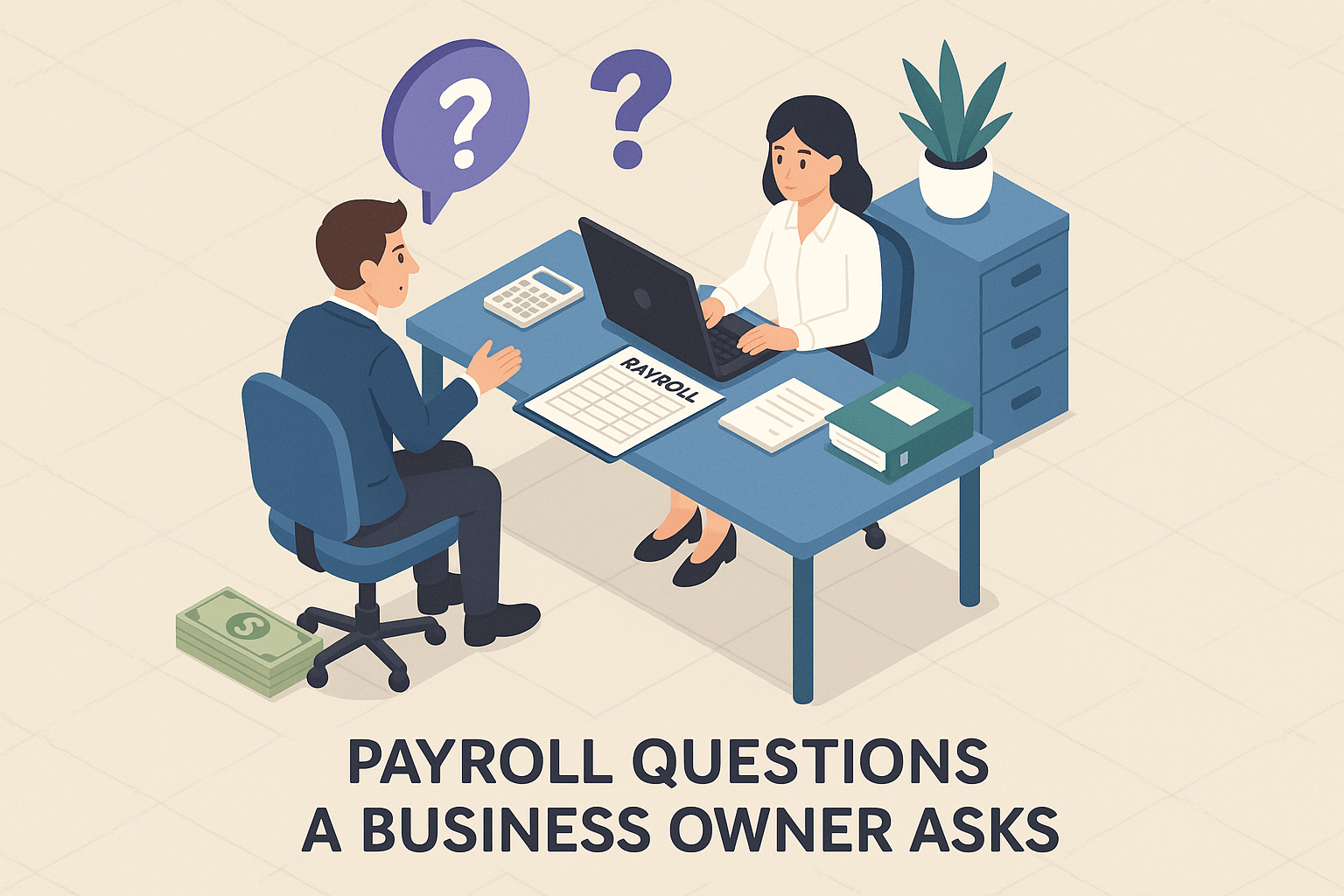Conquer Year-End Payroll Stress: A Guide for Business Owners
November 26th, 2024
3 min read
.jpg?width=7110&height=5000&name=blog%20images_fun(1).jpg)
As the end of the year approaches, business owners and payroll managers face a daunting task: year-end payroll preparation. Deadlines are tight, compliance requirements are stringent, and mistakes can be costly. IRS penalties, frustrated employees, and time-draining audits are just a few of the risks that come with errors during this critical time. It’s enough to make anyone feel overwhelmed.
But here’s the good news—you don’t have to face it alone. With a strategic plan and the right tools, year-end payroll can go from overwhelming to manageable.
At Lift HCM, we’ve walked alongside countless businesses during this pivotal time of year. In this guide, we’ll break down the steps you need to close out your payroll year efficiently and position yourself for success in the year ahead. By the end of this article, you’ll have actionable insights to avoid common pitfalls and ensure your payroll process runs like clockwork.
Table of Contents
- Verify Employee Data
- Ensure Tax Compliance
- Review W-2 and ACA Deadlines
- Reconcile Payroll Records
- Plan for the New Year
- Prepare Today for Payroll Success Tomorrow
1. Verify Employee Data
Accurate employee data is the foundation of seamless year-end payroll processing. Mistakes here can lead to major issues, such as W-2 forms bouncing back or IRS discrepancies.
Why It Matters
Imagine mailing W-2s to incorrect addresses or triggering an IRS inquiry due to mismatched Social Security numbers. Small errors in employee data can snowball into bigger problems.
What to Do
Start by auditing your employee records:
- Audit your employee records to ensure accuracy in Social Security numbers, addresses, and contact details.
- Encourage employees to update personal information, particularly if they’ve moved or experienced life changes like marriage or name changes.
- Use payroll software to automate and verify updates for added accuracy.
Proactively verifying employee data not only minimizes errors but also builds trust with your workforce by demonstrating a commitment to accuracy.
.png?width=616&height=569&name=napkin-selection%20(6).png)
2. Ensure Tax Compliance
Payroll taxes can be a minefield of complexity, but ensuring compliance is critical to avoid costly penalties.
Why It Matters
Incorrect tax filings are one of the most common payroll errors. Even small mistakes in federal, state, or local tax filings can lead to penalties and audits.
What to Do
- Reconcile year-to-date payroll reports with quarterly filings (e.g., Form 941).
- Double-check your compliance with state and local tax regulations.
- Resolve discrepancies before submitting final filings.
3. Review W-2 and ACA Deadlines
Deadlines are a critical part of year-end payroll. Missing them can mean fines for your business and stress for employees who need these documents for their own tax filings.
Why It Matters
Failing to send W-2s by January 31st could result in penalties. If your business is subject to the Affordable Care Act (ACA), there are additional reporting deadlines to manage, such as Form 1095-C distribution.
What to Do
- Set reminders for key deadlines, such as the January 31st cutoff for W-2 and 1095-C forms.
- Prepare these forms well in advance, leaving room for corrections if needed.
- Ensure your records align with IRS standards to avoid delays or rejections.
Using payroll management software that offers deadline alerts can help ensure nothing slips through the cracks.
.png?width=1805&height=840&name=year%20end%20mgt(1).png)
4. Reconcile Payroll Records
Year-end reconciliation ensures that payroll data aligns perfectly with your accounting records.
Why It Matters
Discrepancies between payroll and financial records can lead to inaccurate filings and potential audits. Reconciliation helps catch these issues early, saving time and resources.
What to Do
- Compare year-end payroll summaries with financial statements to identify inconsistencies.
- Check for alignment in employee earnings, tax withholdings, and benefit deductions.
- Investigate and resolve any discrepancies before closing the books.
This step may take time, but it is invaluable for ensuring the accuracy of your payroll data.
5. Plan for the New Year
Year-end payroll isn’t just about closing out the current year; it’s also an opportunity to set yourself up for success in the year ahead.
Why It Matters
Payroll is a dynamic process influenced by new tax laws, changes in employee benefits, and evolving company policies. Starting the year with a plan ensures you’re prepared for these shifts.
What to Do
- Audit your payroll processes to identify inefficiencies.
- Stay updated on new tax regulations and adjust your systems accordingly.
- Work with HR and finance teams to implement benefits or deductions changes.
- Invest in cloud-based payroll software to reduce manual work and improve efficiency.
By planning ahead, you can streamline payroll operations and focus on growing your business in the coming year.
.png?width=651&height=457&name=audit%20mapkin(1).png)
Prepare Today for Payroll Success Tomorrow
Year-end payroll doesn’t have to be overwhelming. By verifying employee data, ensuring tax compliance, meeting W-2 and ACA deadlines, reconciling records, and planning for the future, you can confidently close out the year without stress or penalties.
At Lift HCM, we specialize in helping businesses navigate the complexities of payroll with ease. Our comprehensive Year-End Payroll Guide is packed with actionable steps and expert insights to support you every step of the way.
Take control of your year-end payroll process today. Download our Year-End Payroll Checklist and discover how simple payroll preparation can be when you’re informed and proactive. The future of your payroll is brighter—and we’re here to help you every step of the way.
Caitlin Kapolas is a results-driven professional with a strong background in account management and retail. She is dedicated to improving client experiences and building lasting relationships. Caitlin excels in identifying client needs, resolving issues, and implementing customized solutions that drive value. Her effective communication skills ensure high client satisfaction and loyalty, making her a trusted advisor and partner in meeting client needs with precision and professionalism.
Topics:






















